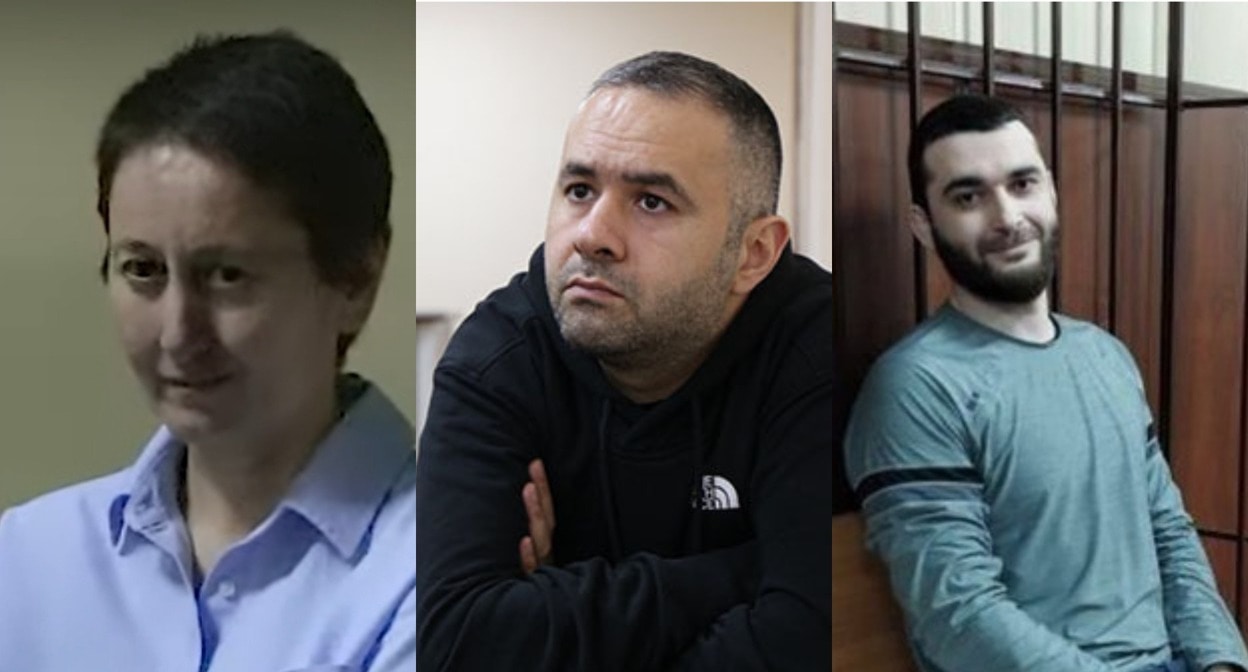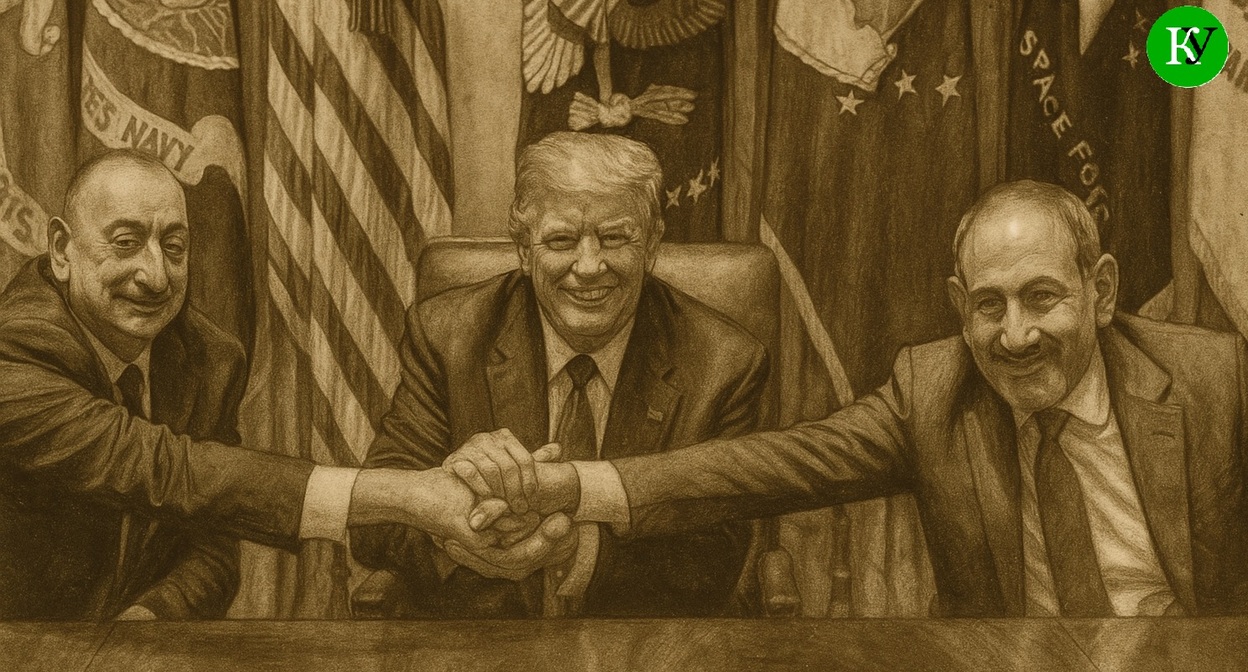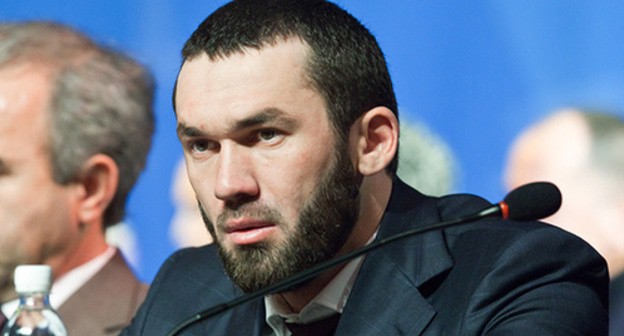Lezghins
They call themselves lezgiar. Nation in the south-east of Dagestan and the Neighboring districts of Azerbaijan (in the pre-revolutionary literature all the mountainous population of Dagestan was often called Lezghins). Total population of Lezghins in the former USSR was about 382,6 thousand people in 1988 (in 1985 - 425 thousand), including 188,8 thousand in the Dagestan Autonomous Soviet Socialist Republic and 158,1 thousand people in the Azerbaijan Soviet Socialist Republic.
They belong to the Balkan-Caucasus race of the big European race. They speak the Lezghin language of the Lezghin sub-group of the Nakh-Dagestan group of the North Caucasus family. Dialects are divided in 3 groups: Kurin (dialects Gunei, Yarkin, Kurakh, sub-dialects Giliyar and Gelkhen); Samur (Dokuzparin and Achtin dialects, Phi and Kurush sub-dialects); Kubin (Kubin dialect).Russian and Azerbaijanian languages are also common. Written language is based on Russian alphabet. Religious people are Moslems-sunnites, some are shiits.
Lezghins are one of the native peoples of Dagestan. In the Middle Ages they consisted of the small unions of villages, societies ?free societies?, part formed feudal unions (Kubin, Kurin, Derbent and other khahates). In 1813-1828 Lezghin territory joined Russia.
Traditional occupations are agriculture (cereals, beans, vegetables, melons and gourds), vine-growing, horticulture as well as cattle-breeding, in the valleys - mainly pasture-barnyard, in the mountains - distant-pasture (mainly sheep). Traditional trades and crafts - making carpets , broadcloth, felts, processing wood, metal (armory and jewelry), leather, pottery. Before the October revolution many Lezghins left for seasonal work to the landowners and oil-fields of Azerbaijan.
Traditional villages in the mountains are cumulus, they consist of the houses standing close next to each other. In the valleys the villages are scattered or have wide streets and big yards surrounded by fences. Most of the villages have street planning. Traditional dwellings are built of stone (in the valleys also of adobe) on the ground, are rectangular in plan, with a flat earthen roof and an inner yard. In the mountains the houses are two- and multi-storied, in the valleys - one- and two-storied. Inside the houses there are niches in the walls that replace the closets and the carpets. Traditional costume is similar to that of the North Caucasus nations. Men wear a shirt, trousers, beshmet, cherkeska, papakha, in cold weather - bashlik or a sheepskin coat. The female costume included a shirt-dress, colored trousers, beshmet, kerchief. The footwear for both men and women were woolen socks with color ornament and leather boots. Traditional costume is not used any more.
Traditional food is mainly cereals, beans, meat and dairy products. The everyday dish is khinkal (galushki), holiday food is pilavs and puff paste pies. Bread is mainly unleavened.
Families are mainly nucleus; before the 20th century there were extended patriarchal families and patronimias.
Lezghins have created great musical (mainly songs) and dancing (including the Lezghin version of Lezghinka) folklore and different musical instruments: chungur, saz, tar, zurna, pipe, reed-pipe, tambourine.





![Tumso Abdurakhmanov. Screenshot from video posted by Abu-Saddam Shishani [LIVE] http://www.youtube.com/watch?v=mIR3s7AB0Uw Tumso Abdurakhmanov. Screenshot from video posted by Abu-Saddam Shishani [LIVE] http://www.youtube.com/watch?v=mIR3s7AB0Uw](/system/uploads/article_image/image/0001/18460/main_image_Tumso.jpg)